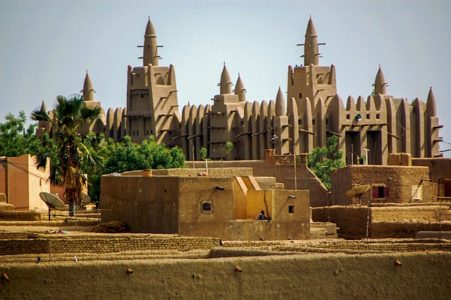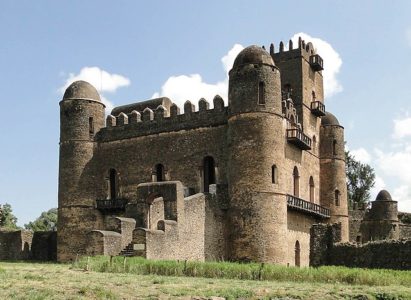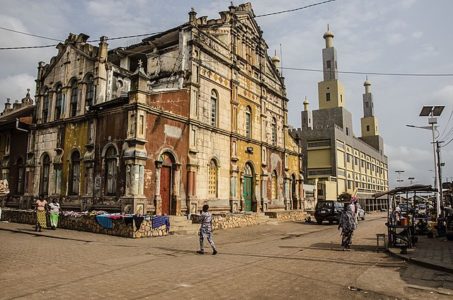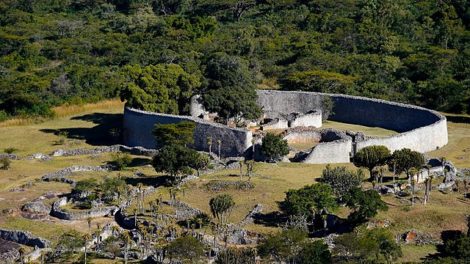Surely, the pyramids of Egypt are included on the list of the most iconic architectural sites in world history. Located in northern Africa, the amazing natural structures attract millions of visitors a year who want to be connected to Ancient Egypt.
However, many of the other pearls of Africa tend to be forgotten in conversations.
We’ve rounded-up six of the most emblematic architectural sites in Africa’s history that go beyond the pyramids of Egypt.
1. Kasubi Tombs, Uganda
https://www.instagram.com/p/CR2BP8XlBgJ/?utm_source=ig_web_copy_link
Founded in 1882, this urban complex housed the family palace, later converted into a cemetery for the last four kings of the Baganda tribe, in Uganda. The main building, which is known as the Muzibu Asala Mpanga, was built on a circular floor plan that housed the royal tombs. Until its destruction, it was the most active religious center in the region.
The building was awarded the World Heritage status back in 2000 by UNESCO due to its architectural relevance.
2. Pyramids of Meroë, Sudan

Built in the region of Nubia, one of the oldest civilizations in Africa, the pyramids represent the eternal resting place of the last dynasty of the majestic Nubian Pharaohs, in the ancient Kushite capital of Meroe.
More than 200 pyramids, grouped in three archaeological sites, were erected as tombs for some forty kings and queens who ruled the Nubian Kingdom of Kush, on the banks of the Nile, for over a thousand years, during the Meroitic period, until its fall in 350 AD.
In 2003, the site was awarded the World Heritage status.
3. Great Mosque of Djenné, Mali

The Great Mosque of Djenné is a Muslim temple located in Mali, North Africa. It is the largest adobe building (clay, straw, cow feces and water) in the world
The mosque was built in 1280 by Kunburu, the 26th sultan of Djenné. The building was built on the site of his former palace and at a time when the Islamic religion, preached by Arab traders, who crossed the Sahara desert, reached the city of Djenné.
In 1988, the site was awarded the World Heritage status by UNESCO.
4. Palace of Emperor Fasilides, Ethiopia

The palace of Emperor Fasilides was built in the late 1640s. It became known for its architecture, with seven churches and seven bridges. It dates back to the era when Ethiopia was a great Empire in Northeast Africa between XVII and XVIII centuries.
Palace of Emperor Fasilides was awarded the World Heritage status by UNESCO in 1979.
5. Great Mosque, Benin

The Great Mosque of Benin is an Afro-Brazilian heritage in Porto Novo, the capital of this West African nation. It was built by freed Black Muslims who had returned from Brazil in the 19th century.
The temple’s architecture links its Afro-Brazilian origins, and it resembles the colonial Catholic churches of Bahia, despite the fact that it is located in a predominantly Muslim area.
6. The Ruins Of Great Zimbabwe, Zimbabwe

The ruins at Great Zimbabwe are considered some of the oldest and largest structures located in Southern Africa. Its most formidable edifice, commonly referred to as the Great Enclosure, has walls as high as 36 ft extending approximately 820 ft, making it the largest ancient structure south of the Sahara Desert.
The ruins at Great Zimbabwe were awarded the World Heritage status by UNESCO in 1986.





